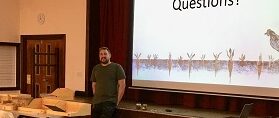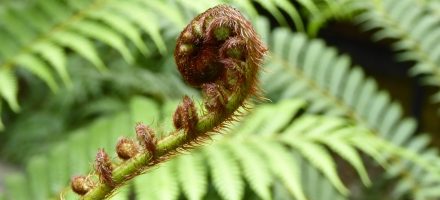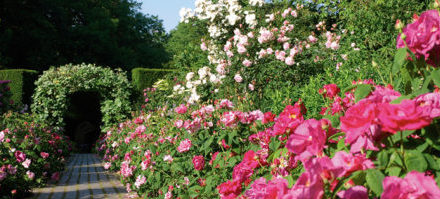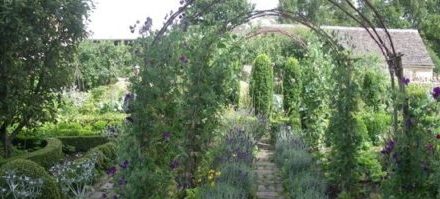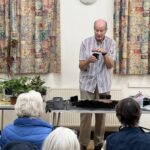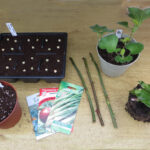The Heritage Seed Library
On 24th June ODGC welcomed Catrina Fenton from Garden Organic, a charity which maintains the Heritage Seed Library (HSL). The Henry Doubleday Research Organisation, now known as Garden Organic was established by Lawrence D Hills, an horticulturist and journalist, in 1954 to promote organic gardening and farming.

The rise in huge seed companies led to concern that local varieties of vegetable seeds were starting to disappear prompting the establishment of the HSL which now has a national collection of 800 rare heritage vegetable varieties, over 7,000 members, 200 volunteer growers and is the oldest community seed bank in Europe. It collects donated seeds and aims to increase food diversity by producing resilient varieties adapted to our changing climate
The sowing programme is geared to the shelf life of the seeds, two years for carrots, eight for cabbages. There are two principles, to save the best and to prevent cross pollination therefore crops are isolated in cages and polytunnels. Plants exhibit three main types of flowers- self pollinators, cross pollinators and those with separate male and female flowers. Some like spinach have separate male and female plants. Seed is collected from plants harvested from nine polytunnels and glasshouses on the HSL site near Coventry and volunteers trial seeds in their own gardens and allotments.
Paintbrushes are used to transfer pollen and blowflies raised from maggots are used as insect pollinators as they are easier to manage than bees. Wind pollinated plants are given a good shake. Seed production can be a slow process, beetroot takes two years to produce seed. After harvest the seed is cleaned before storing. Tomato seeds are put into a jar of water for five days until the surrounding gel has dispersed whereupon they are sieved and dried. A reserve number, 400 in the case of runner beans, are kept inhouse and the rest are distributed to volunteer growers and members.
Examples of heritage seeds include a disease resistant dwarf bean, Ernie’s Big Eye, runner bean Brecon Black, rescued from extinction by Adam Alexander and a lettuce, Amish Deer Tongue, grown since the 1840s, well flavoured, bolt resistant and hardy.
Inevitably myths have arisen, the Brightstone Bean supposedly discovered in a shipwreck off the Isle of Wight and the Tutankamun pea. These should be taken with a generous pinch of salt. The truth is often stranger than fiction, it took 7,000 attempts to successfully grow the outstanding cabbage Wiam from 36 year old seed.
Ghislaine Arundale

